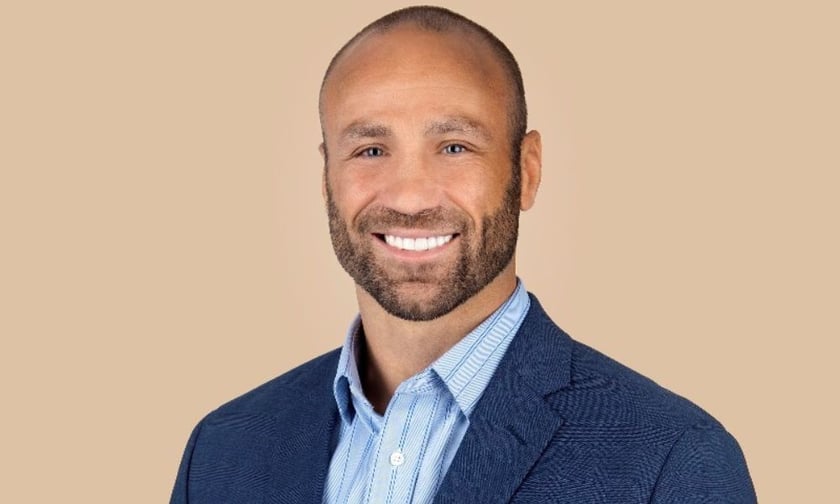

As the environmental insurance landscape evolves, a wave of new trends are emerging, reshaping how brokers and carriers approach coverage.
According to Canaan Crouch (pictured), managing principal at Jencap Specialty Insurance Services, environmental division, one of the most notable emerging trends in environmental insurance is the increasing competitiveness of Contractor Pollution Liability (CPL), driven by a steady influx of carriers entering the space. “The CPL market is very soft right now,” confirmed Crouch.
“There’s a lot of capacity and carriers vying for this line of business, creating what sometimes feels like a race to the bottom.” Crouch highlighted that CPL remains especially attractive to insurers, particularly property and casualty (P&C) carriers, seeking “an easy entry” into environmental insurance.
Why the uptick in interest? According to Crouch, CPL is a profitable line that can be written and managed swiftly. “The underwriting for CPL, while still requiring discipline, is generally less complex than what’s needed for a site pollution policy.”
This simplicity aligns well with the Excess and Surplus (E&S) marketplace. “If you look at the origins of E&S, it’s always been contractor-focused, making CPL a natural fit,” Crouch added. This combination of profitability and straightforward underwriting makes CPL an appealing choice for both new carriers and established insurers looking to expand their environmental offerings.
While CPL policies represent mono-line environmental insurance products, there are also significant trends influencing the integrated casualty product sector. “Integrated casualty products include CPL or Pollution Legal Liability (PLL) combined with a General Liability (GL) policy,” explained Crouch.
Currently, many carriers have expanded into the integrated casualty space, resulting in a soft marketspace where a surge in competition has led to highly competitive pricing, especially in the small business commodity market, where product differentiation is minimal and primarily driven by price. “Right now, you’ve got premiums averaging around $2,000, but I wouldn’t be surprised if offers start appearing at $1,750 or even $1,500,” Crouch noted.
However, the excess market presents a contrasting narrative, with a marked reduction in excess limit capacity. “Where you could once secure up to $25 million in excess capacity, carriers are now generally offering only $5 million to $10 million,” Crouch continued.
The market is also experiencing a notable shift in the appetite of environmental carriers. Historically, these carriers required that at least 50% of a business's revenues derive from environmental operations for rating purposes, primarily focusing on sectors such as environmental consulting, contaminated site remediation contractors, and mold specialists.
“We’re now seeing carriers consider additional risk classes, such as wetland and wildlife consultants, weed abatement, sewer and septic contractors, as well as those involved in forestry management,” stated Crouch.
In a recent Power Panel on Insurance Business TV, Jared Dubrowsky, senior vice president at NFP Environmental Practice, emphasized the importance of brokers gaining a deep understanding of their clients as carrier appetites continue to expand. “It’s our responsibility to understand who our clients are, what they do, and how changes in their industry will affect their insurance needs.”
"There are so many different coverage variations in what we do in environmental insurance," echoed Angela Oroian, president and managing director of the Society of Environmental Insurance Professionals. "Being a resource and an expert—knowing who needs what, what it covers, and when policies take effect—adds value not only to you as a broker but to your clients, helping you stand out in the industry."
To delve deeper into the trends shaping the environmental insurance landscape, be sure to check out Insurance Business's full Power Panel here.
